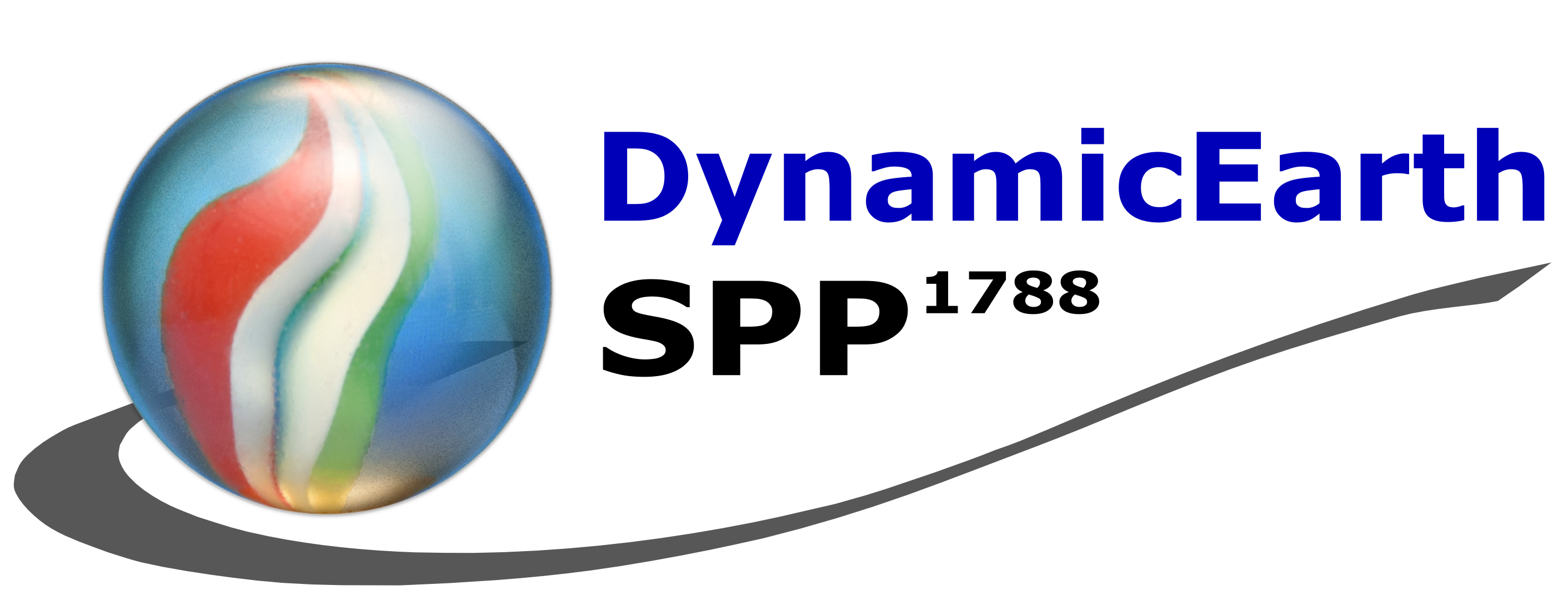The ionosphere/thermosphere (I/T) system is driven by solar and magnetospheric forcing from above and by smaller but important lower atmospheric forcing from below. The latter has been hypothesized for many years, but its identification has been elusive. This forcing has to pass through the mesosphere and lower thermosphere (MLT), where a wide spectrum of waves interacts and couples to the I/T. Such coupling can occur (a) directly via propagation of waves, and/or (b) indirectly via the E region dynamo. Therefore the MLT dynamics is in general important, but at mid and high latitudes have a special appeal: (1) over these latitudes are observed, according to satellite observations, the major gravity wave (GW) hot spots, and (2) recent studies from global atmospheric/ionospheric coupled simulations have shown that it is over these latitudes that the atmospheric dynamics, responsible for most of the electrodynamics effects at low I/T latitudes, is amplified the most during sudden stratospheric warming (SSW) events. As part of our first phase efforts, so far nine papers in peer-reviewed journals have resulted, including one highlighted in EOS. Based on these results, we propose some changes to the methodology and the focus areas. In this second phase, we propose to continue using unique radar and lidar capabilities at mid and high latitudes to characterize the stratosphere and MLT waves, mean flow, and their interactions. We will add radar data from different longitudes and hemispheres, as well as extend our lidar analysis to temperatures and winds over northern Norway. These studies will be complemented by satellite and reanalysis data. The direct coupling will be studied by correlating MLT and stratospheric seasonal and annual tidal and gravity wave signatures with I/T data from Swarm and other satellites with near-polar orbits (like COSMIC), with special emphasis in the northern hemisphere fall transition. Different atmospheric/ionospheric coupled simulations are used to complement these studies. The E region dynamo effects are also studied with the help of atmospheric/ionospheric coupled simulations with the inclusion of lunar tides, during northern hemispheric strong polar jet oscillations (sPJOs) and non-PJOs periods. Our preliminary results indicate that not only the stratospheric but also the MLT dynamics is affected many weeks after the onset PJO conditions, depending on the type of PJOs. Note that strong PJOs are highly correlated with major SSWs. We study their connection and their effects on the I/T system via ground-based and satellite ionospheric data.
Among other important questions, we expect to answer:
(a) what is the effect of the observed short-term and seasonal, particularly around the fall transition, variability of MLT waves and mean flows on the I/T weather?
(b) what are the characteristics of MLT mean flow, tides and gravity waves during different behaviors of PJOs and their corresponding I/T effects?
